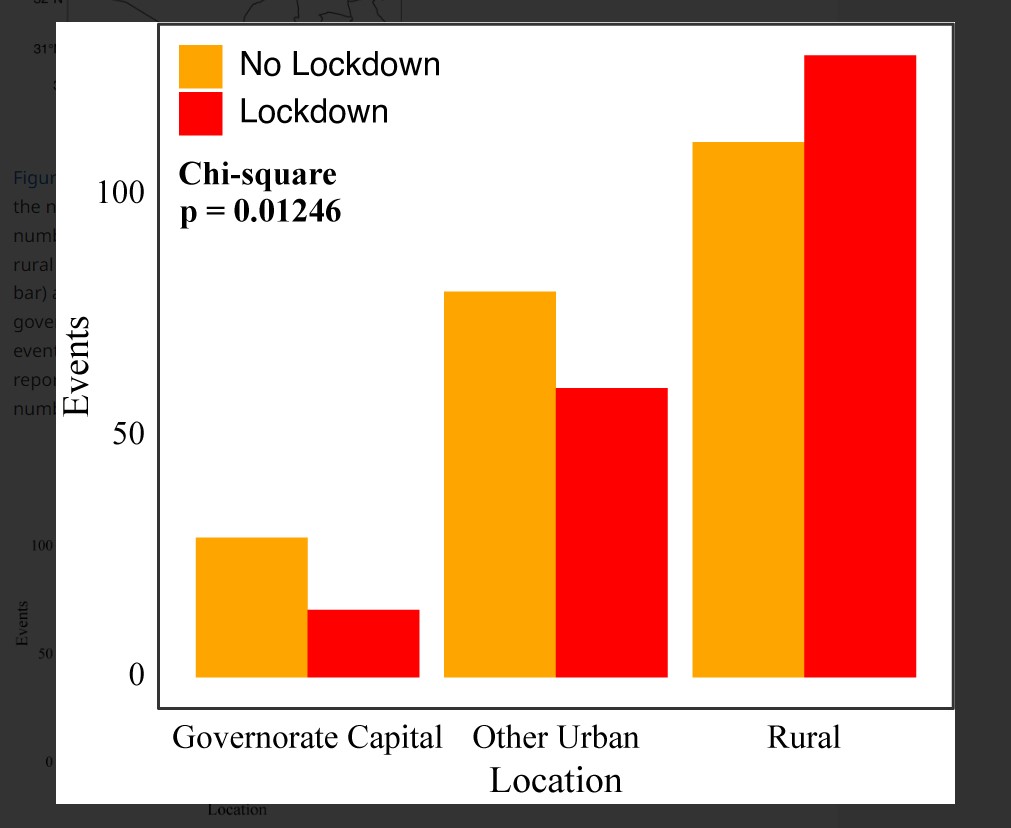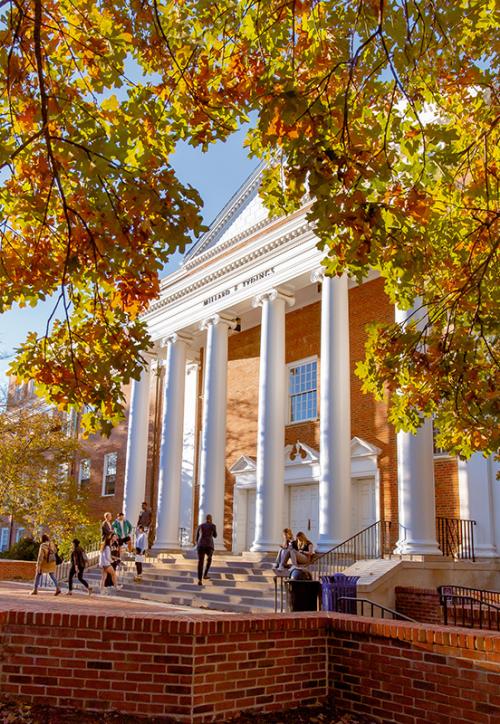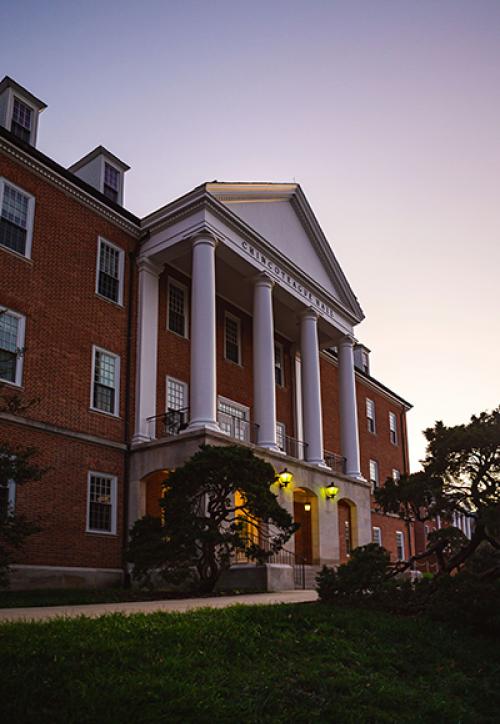GVPT Professor Finds Covid Safety Restrictions Reduced ISIS Violence
Johanna Birnir’s latest research, featured in the journal ‘American Political Science Review,’ found that curfews and travel bans stunted ISIS’ ability to carry out violent acts in three countries
According to new research by University of Maryland Department of Government and Politics Professor Johanna Birnir, lockdowns like those that occurred because of Covid-19 can work to combat another threat to public safety: Acts of violence by non-state actors.
Using ISIS as an example, Birnir and her coauthors—Yale University Senior Lecturer Dawn Brancati and Qutaiba Idlbi, Non-Resident Senior Fellow & Syria Project Lead at the Atlantic Council—set out to test the impact of the pandemic on non-state actor violence by initially collecting data on the number and location of ISIS violent events that occurred in Iraq, Syria and Egypt between Dec. 31, 2018 and June 28, 2020. They then compared and contrasted the acts of ISIS violence that occurred before and after the pandemic began, noting each area’s implementation of two lockdown measures, curfews and travel bans.
The unique circumstances that the Covid-19 pandemic created is part of what inspired Birnir to apply her expertise in conflict to a study involving an area of the world which Brancati and Idlbi routinely study.
“It's very rare that you get these sorts of comprehensive travel bans in a whole country that are instituted for a short period of time and then taken away, allowing us to get this very clean treatment of comparable data—when there are no travel bans just the year before, to a period where there are travel bans everywhere,” Birnir explained.
The researchers’ models of ISIS violent events in Iraq and Syria in 2019 versus 2020 showed a decrease in attacks coinciding with the pandemic. Lockdowns in Syria were associated with an approximate 15% overall reduction in violence, while in Iraq, the overall decline was around 30%. (Meanwhile, in Egypt, existing non-COVID related lockdowns aimed at constraining terror attacks had a nearly identical effect, making it difficult to isolate a COVID-related signal in the data, they said.)
 What surprised Birnir and her colleagues most was not only the changes they observed in the volume of ISIS violent acts, but also the location of those acts.
What surprised Birnir and her colleagues most was not only the changes they observed in the volume of ISIS violent acts, but also the location of those acts.
“In addition to reducing the number of ISIS attacks, the locations changed,” Birnir said. “One of the things that we found very interesting was that it seemed that curfews made it more difficult for ISIS to carry out violent events in heavily populated areas because of the difficulty of moving around when there's a curfew. And so, our empirical tests showed that there was a reduction in the number of violent events in urban areas, and less of a decrease or even an increase in the number of violent events that took place in rural areas.”
In Iraq, for instance, Baghdad's huge population meant that its decrease in ISIS attacks of 11% from the previous period more than offset stasis or small rises in attacks in rural areas like Diyala, the group's base of operations, contributing to the national decline of about 30%.
The research comes at a critical time, as policymakers and counterterrorism experts debate a sustainable anti-ISIS strategy that depends less on active foreign use of force, the authors said.
Though beyond the scope of the researchers’ study, one phenomenon Birnir and her colleagues considered and discussed was how citizen sentiment toward their government’s enforcement of Covid-induced curfews and travel bans might have increased negative feelings toward those local leaders, to ISIS’ potential advantage.
“The measures did increase negative feelings towards some local authorities,” explained Idlbi. “However, ISIS was not in a position to capitalize on this sentiment because the measures impeded its ability to communicate and utilize resources, among other things.”
The main photo is by Brian Wangenheim, provided by Unsplash. The bar graph, "Testing Lockdowns Relationship to Changes in ISIS Violent Events Location within Governorates: Urban versus Rural Areas" is Figure 6 in the researcher's paper.
Published on Mon, Jan 30, 2023 - 10:34AM



